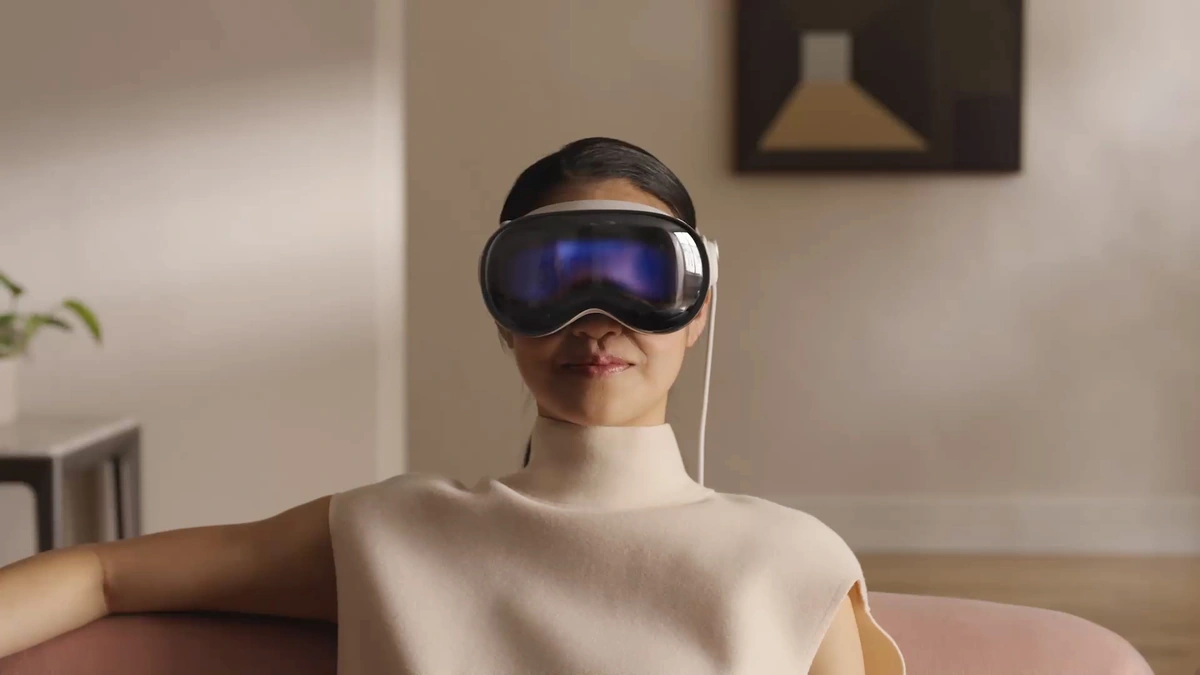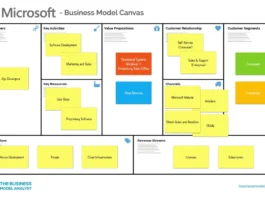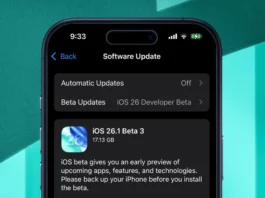So, Apple’s doing a bit of a pivot, huh? They’ve reportedly hit the brakes on their plans for a cheaper version of the Apple Vision Headset , opting instead to double down on smart glasses. What fascinates me is the ‘why’ behind this decision. It’s not just about product development; it’s a glimpse into Apple’s long-term vision pun intended!
Why the Budget Vision Headset Got the Axe

Let’s be honest, developing tech is never a straight line. The initial buzz around the Apple Vision Pro was huge – a technological marvel, no doubt. But then, the price tag hit. Ouch! A budget-friendly version seemed like a logical next step, right? Make it accessible to a wider audience. But here’s the thing: sometimes, the compromises needed to hit a lower price point just aren’t worth it.
Maybe Apple realized that stripping down the Vision Pro to create a “lite” version would dilute the brand and the user experience. Or perhaps, as many analysts suspect, the bill of materials simply could not be reduced enough to make the budget vision a profitable venture. What I suspect is that Apple is looking for mass appeal, and the current technology is just not there yet. According to industry insiders, the complexities involved in miniaturization and component sourcing for a high-quality, yet affordable, XR device presented significant hurdles.
But there’s another factor at play: market dynamics. The augmented reality (AR) landscape is shifting rapidly, and smart glasses, with their potential for everyday wearability, might just be the future that Apple envisions. This brings us to the pivot.
Smart Glasses | The Future Apple Sees
So, why smart glasses? Well, for starters, they’re less…intimidating. Strapping a bulky headset to your face still feels a bit sci-fi, doesn’t it? But sleek, stylish glasses that subtly overlay digital information onto your real-world view? That’s something that could seamlessly integrate into our lives.
Think about it: navigation directions subtly displayed in your field of vision, instant access to information without having to pull out your phone, or even real-time translation during conversations. The potential is huge. Moreover, smart glasses address a key concern with headsets: social acceptance. They’re simply more discreet and less isolating, making them a more palatable option for everyday use. This move to prioritize smart glasses signals a strategic shift towards a more subtle and socially integrated form of mixed reality .
And Apple, known for its design sensibilities, is likely betting that it can crack the code of making smart glasses that are both functional and fashionable. Let’s be honest, nobody wants to look like they’re wearing something out of a 1980s cyberpunk movie (unless that’s your thing, of course!). Master Data Management is extremely important in a company like Apple when they want to make such a strategic shift.
The Tech Hurdles Apple Faces
Of course, developing smart glasses that actually deliver on their promise is no easy feat. Battery life, display technology, and processing power are all major challenges. How do you pack enough juice into a tiny device to make it usable throughout the day? How do you create displays that are bright and clear enough to be seen in various lighting conditions without draining the battery? And how do you pack enough processing power to handle AR applications without overheating the glasses? These are the questions Apple engineers are likely burning the midnight oil to answer.
Another hurdle: user interface. How do you interact with a device that doesn’t have a screen you can touch? Voice control? Gesture recognition? Eye tracking? The possibilities are endless, but the challenge is to create an interface that is intuitive and seamless. What fascinates me is how they will make the smart glasses different from other existing products in the market.
What This Means for the Future of XR
This shift in strategy tells us something important about the future of extended reality (XR). While headsets like the Vision Pro have their place especially in professional and entertainment settings the long-term potential might lie in devices that are less obtrusive and more integrated into our daily lives. And yes, it is going to affect the consumer electronics market substantially.
Apple’s move could also signal a broader trend in the industry, with other tech giants following suit and prioritizing smart glasses over headsets. It’s a race to create the next must-have gadget, and the finish line is far from sight. The latest iPhone has been a great success, so the stakes are high for Apple.
Let me rephrase that for clarity: Apple is essentially betting that the future of XR is less about immersing ourselves in virtual worlds and more about augmenting our real world with digital information. It’s a subtle but significant shift in perspective.
Apple’s Vision | Beyond the Headset
Ultimately, Apple’s decision to suspend the budget Vision headset project and prioritize smart glasses is a strategic bet on the future of XR. It’s a recognition that the technology is still evolving, and that the form factor that ultimately wins out might not be the one that initially grabs the headlines. It also shows the supply chain challenges that they have had in bringing a budget headset to the market.
What I find interesting is how this move aligns with Apple’s broader philosophy of creating products that seamlessly integrate into our lives, enhancing our experiences without being intrusive. They’re not just selling technology; they’re selling a vision of the future – a future where technology fades into the background, empowering us to do more and experience more without being tethered to screens.
And that, my friends, is a vision worth paying attention to.
FAQ About Apple’s Vision Headset and Smart Glasses Strategy
What exactly does “suspending the budget Vision headset project” mean?
It means Apple has likely paused or cancelled development of a cheaper version of the Apple Vision Pro. They may revisit the project later, but for now, it’s not a priority.
Why are smart glasses considered the future by many?
Smart glasses offer a more discreet and socially acceptable way to experience augmented reality compared to bulky headsets. They have the potential to seamlessly integrate into daily life.
What are the main challenges in developing smart glasses?
Key challenges include battery life, display technology (making them bright and clear enough), processing power (handling AR applications without overheating), and creating an intuitive user interface.
Will Apple ever release a more affordable version of the Vision Pro?
It’s possible, but not guaranteed. Apple may wait for technology to advance and costs to come down before revisiting the idea of a budget-friendly headset.
What kind of features can we expect from Apple’s smart glasses?
Potential features include navigation directions, instant information access, real-time translation, and integration with other Apple devices and services. We are looking at extended reality applications.
How does this change affect the competition in the XR market?
It could signal a shift in the industry, with other companies potentially prioritizing smart glasses over headsets. It’s a race to create the next big thing in XR.



